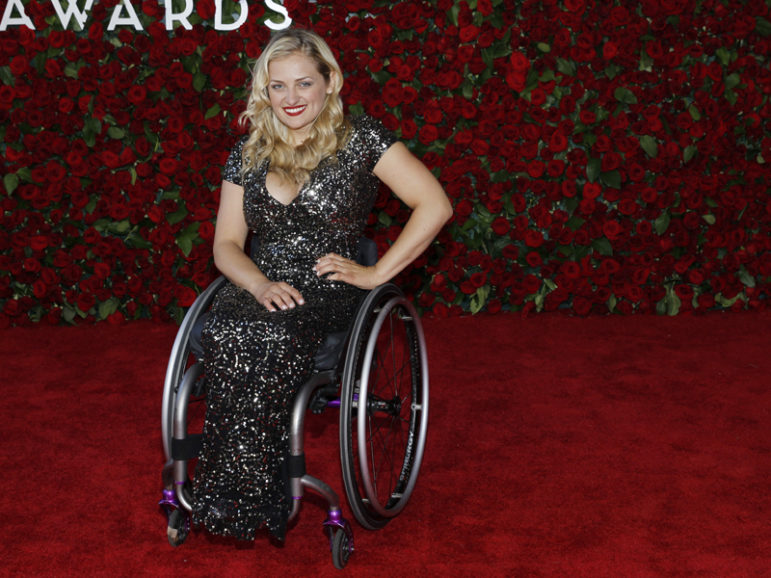(RNS) On July 26, 1990, a sunny, hot day in Washington, D.C., three thousand people with disabilities gathered on the South Lawn of the White House for the Americans with Disabilities Act signing ceremony.
And for the first time in U.S. history an invocation was offered at such an event. The Rev. Harold Wilke, a minister in the United Church of Christ who had been born armless and long been a disability rights activist, prayed that God would “strengthen our resolve as we take up the task, knowing our work has just begun.”
As joyous an occasion as it was, Wilke understood it was the beginning and not the end of the struggle for access, inclusion, dignity and belonging for people with disabilities. Twenty-six years later, Wilke’s words have proved prophetic.
More students with disabilities graduate from high school than ever before. Curb cuts and other improvements facilitate mobility. Those using wheelchairs can find seating to attend the theater or a sporting event. Traffic lights talk to us to let us know when it is safe to cross the street while movie theaters and television now offer captioning.
Advances in communications technology also continue to improve access to knowledge and information, while reforms in health care have improved access to long-term services that help people with disabilities lead healthy lives.
But as we approach the ADA’s 26th anniversary, Americans with disabilities continue to face unemployment and poverty rates twice the national average and discrimination in many areas including employment, transportation and education.
Of the nearly 30 million working-age individuals with disabilities, 27 percent, or more than 8 million people, live in poverty; more than double the rate of 12.5 percent for the entire population. Equally troubling and certainly related is the disproportionate labor force participation rate. For people with disabilities, it is 20.5 percent and for people without disabilities it is 68.4 percent.
Ensuring people with disabilities have the same access to opportunity and enjoy the same civil rights protections as people without disabilities is a moral imperative. That is why a diverse group of religious organizations have joined together in the Interfaith Disability Advocacy Coalition to urge candidates in the upcoming elections to support policies that create jobs, increase access to affordable housing and transportation, and remove barriers to education still facing Americans with disabilities.
We’re calling for continuation of reforms passed into law as part of the Affordable Care Act that help people with disabilities lead healthy lives and increase their access to long-term services and supports, as well as further expansion of mental health and substance abuse services.
In remarks prior to signing the ADA, President George H.W. Bush said, “Let the shameful wall of exclusion finally come tumbling down.” And so it has. Our society is more open and accessible to people with disabilities than ever before and the ADA has become a global model for disability access and inclusion.
Yet debris from the wall of exclusion continues to block the path to opportunity and employment for too many people with disabilities.
(Curtis Ramsey-Lucas is director of interfaith engagement at the American Association of People with Disabilities)





